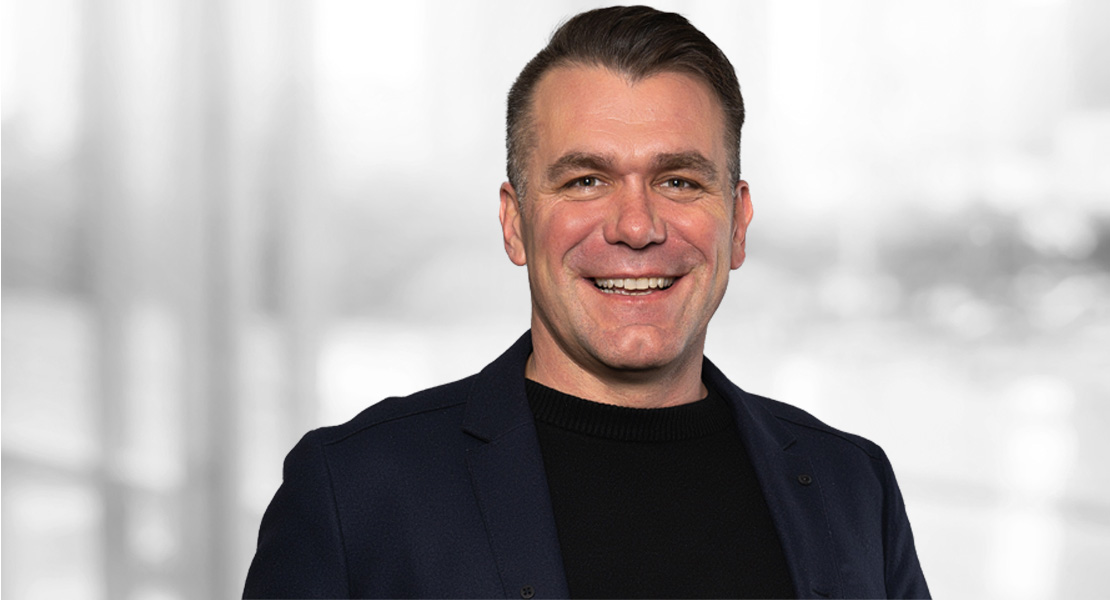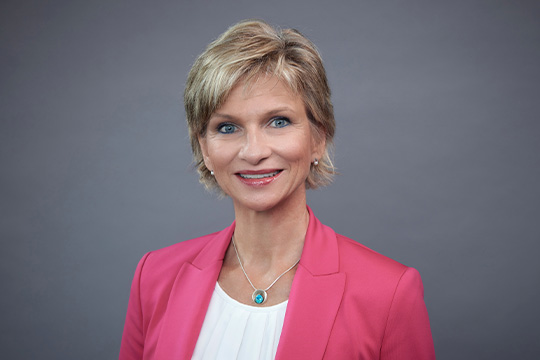For many years, Deutsche Telekom MMS GmbH was oriented toward a more traditional form of organization. Then, in January 2023, the company introduced an innovative hub organization that centers more on customers and creates new momentum for agile collaboration. Telekom MMS CEO Ralf Pechmann describes the path to the new organization and his experience after the first few months during an interview with Andrea Schmitz.
MMS introduced a hub organization at the beginning of this year. How exactly would you describe this to us?
The hub organization is divided into various purviews, the so-called hubs. They are not organizational units or departments in the traditional sense. Each hub is in charge of specific tasks, and it is in their interaction that the company’s added value is created. There are three hubs at MMS:
- The Enablement Hub bundles corporate functions such as HR, Finance, or IT.
- Various business clusters and key accounts are affiliated with the Market Hub. Its activities revolve around sales and the provision of the skills necessary for customer development.
- The Portfolio Hub, to put it briefly, is in charge of the delivery and development of the portfolio.
How are the hubs organized in their interactions with one another?
The key is the meshing of responsibilities among the hubs. In the Portfolio Hub, portfolio elements matching current market trends are developed in alignment with the Market Hub. Market access is secured by the Market Hub, again in consultation with the Portfolio Hub. The performance of specific customer projects follows the same principle. We find this meshing elsewhere as well. For example, business management activities take place within the hubs. Personnel management, on the other hand, is organized in a separate disciplinary structure. This organization secures our agility when working in dynamic domains such as the hubs or our customer projects; we are almost completely free of any hierarchical restrictions and can make decisions where they will be implemented. Ultimately, outside the hubs, management remains as the sole final hierarchical level or escalation recourse.
Why did you choose precisely this form of organization? And what goals are you pursuing with its implementation?
We wanted an organizational form in which employees could move around as freely as possible and work as agilely as possible. We were also looking for a model that was scalable and could provide new impetus for growth and collaboration by eliminating centers of power. Customer centricity is essential for us. As many employees as possible should sense the resonance from the market as this enables us to respond much more effectively to market demands and to continue our growth.
What special challenges did you face during the transformation to the new organizational form?
As I am a business-like person who prefers to implement everything simply and without further ado, I was always surprised at just how much the human factor had to be taken into account. So an important part of all our efforts was to communicate again and again why we were moving in this direction and why this approach and the new organization that was being created were so important and right for us. Many discussions were necessary to overcome reservations and to secure people’s commitment to the process. The managers first had to become accustomed to their new roles and their new self-definition. That took time — and is still a work in progress. Once supervisors had been convinced of the benefits, it became easier to persuade employees to join in. That was a tremendous help. One advantage in the transformation was that we sought our own path for the MMS and did not stubbornly cling to a model or process that had worked for others. In hindsight, however, I would have involved some divisions in the structuring process at an even earlier stage.
Were there winners or losers in the transformation?
Not really. Obviously, the leaders of the former business units have lost their previous breadth of authority, but I don’t consider that to be a disadvantage. And we were able to appoint more women to executive positions, especially in our disciplinary management positions. The reorganization of management responsibilities has brought in additional talent at the management level, and we have now reinvigorated the management team with a fresh outlook that is striking out on completely new paths. Strength orientation can also be better implemented by the separation of disciplinary and business leadership roles.
Did you initiate any other measures to go hand in hand with the reorganization to ensure achievement of your goals?
Our commitment to our essential principles of customer centricity and continued growth prompted us to introduce as well new metrics that are more meaningful in view of our goals and customer centricity.
What is your assessment after these first months in the hub organization?
It remains demanding, but in a good way. Sometimes it’s tempting to fall back into old routines, but on the whole, I’m very happy with the progress we have made so far.
We still have plenty of ideas for the development of our organization, but it is important to give colleagues time to process the current transition and become comfortable with the effects of the restructuring. A transformation that moves too quickly and the implementation of too many changes at once are generally not such brilliant ideas.







